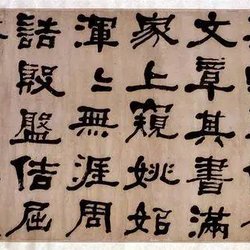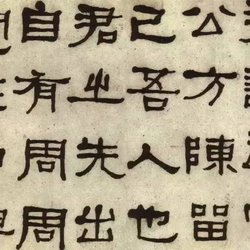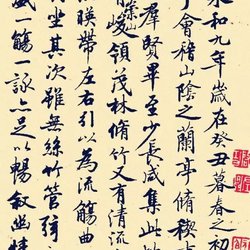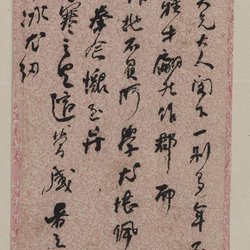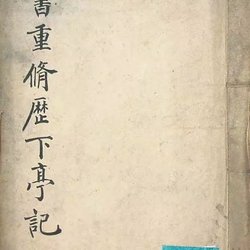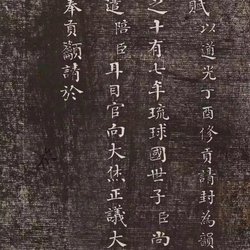If we turn to the Qing Dynasty in the history of calligraphy, we cannot fail to mention He Shaoji. His status in the Qing Dynasty was like that of Dong Qichang in the Ming Dynasty. Although he appeared a little later, he just elevated and summarized an era.
So how did the great calligrapher He Shaoji become a master?
First of all, he is not alone.
First of all, a calligrapher is a person. Why should I say that He Shaoji is not a person?
This sentence pattern comes from football commentator Huang Jianxiang. At the last moment of a World Cup game, an Italian defender was said to be "possessed by the souls" of his predecessors and eliminated Australia with a flash of inspiration in the penalty area. Huang Jianxiang yelled "He is not alone", the emphasis is "one", which means that it is never accidental for a great person to do great things, and there must be a strong group of relatives and friends to support him.
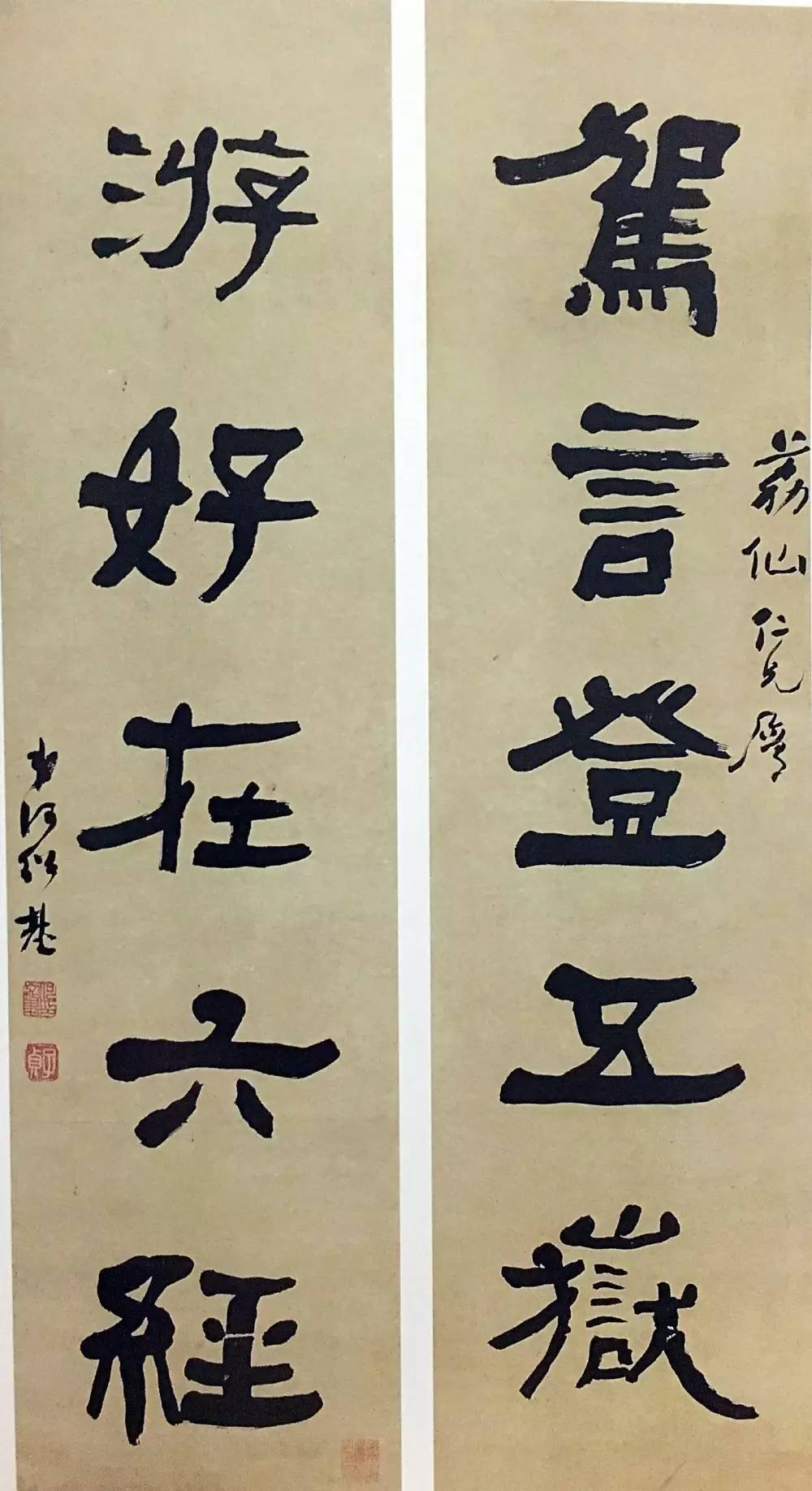
He Shaoji calligraphy
When we talk about calligraphy of the Qing Dynasty, we often single out He Shaoji because this person is a peak.
But we often overlook that there is a strong group of relatives and friends of He's calligraphy in Daozhou, Hunan. Even without these amazing relatives and friends, it would be difficult for He Shaoji to rise to the top.
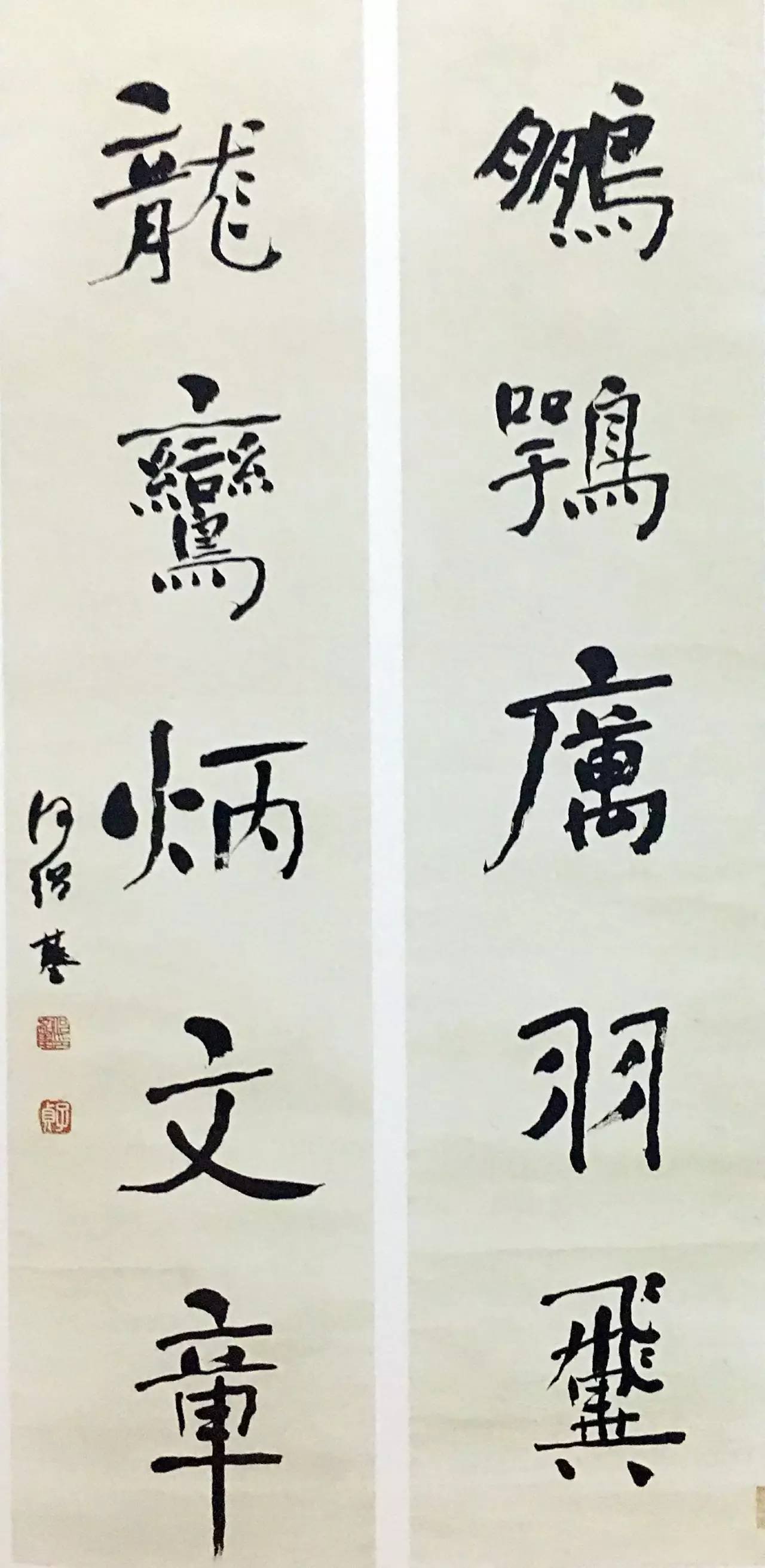
He Shaoji calligraphy
Let's take a look at what's so great about He Shaoji's family and friends.
1. Father: He Linghan (1772-1840)
He Linghan is also a calligrapher, but his achievements in calligraphy cannot be compared with his son.
But apart from that, his brilliance is very dazzling. In the 10th year of Jiaqing, he was awarded the title of editor of the Hanlin Academy. He successively served as editor of Guangdong, Shandong, Fujian, Zhejiang, and Shuntian Prefecture Provincial Examinations; he served as the governor of Shuntian Prefecture, the Minister of Dali Temple, and the Du He held important positions in the imperial court such as the Censor of Zuodu of the Chaoyuan, the Right Minister of the Ministry of War, the Left Minister of the Ministry of Rites, the Minister of the Ministry of Industry, the Minister of the Ministry of Personnel, and the Minister of the Ministry of Household Affairs; he successively held important positions such as Shandong Academic Affairs, Zhejiang Academic Affairs, and Economic Banquet Lecturer, etc., and cultivated There are many heroes in history.

He Linghan calligraphy
Of course, for the history of calligraphy, He Linghan's greatest contribution was giving birth to a son like He Shaoji. It's just that this kind of credit is probably more about knowledge and life. As for calligraphy, He Linghan's handwriting is elegant and elegant, and full of book style, but it seems to have nothing to do with He Shaoji's handwriting...
2. Twin brothers: He Shaoye (1799-1839)
When He Linghan became a father for the first time, he had two fat boys at once. He named the eldest son He Shaoji and the second son He Shaoye. In the name of foundation, we can see He Linghan's ambition.
Like all twin brothers, He Shaoji and He Shaoye have a very good relationship. Even their calligraphy is like twin brothers——
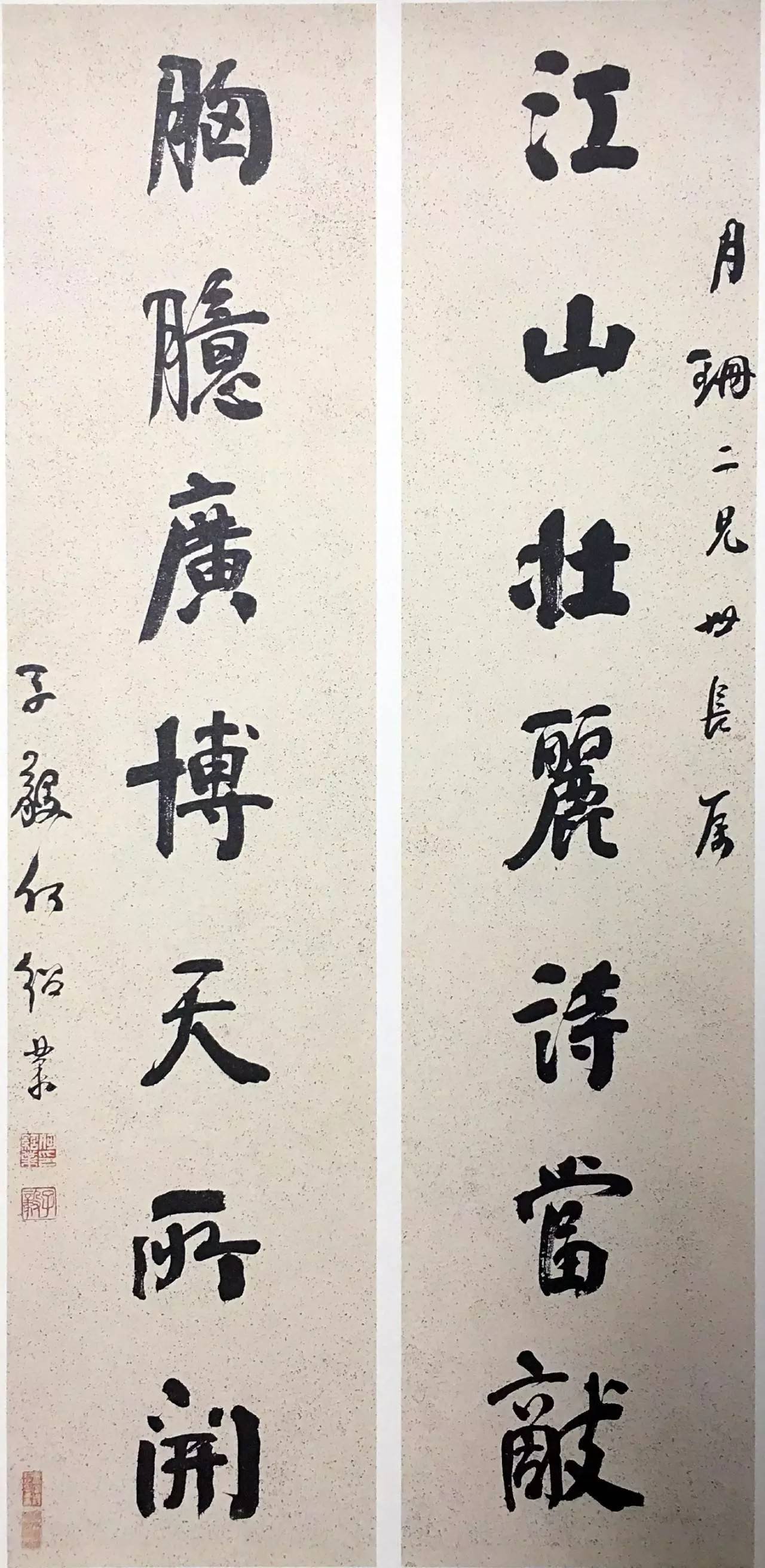
He Shaoye calligraphy
Unfortunately, He Shaoye was frail and sick and died young. He Shaoji regretted this throughout his life. In "The Lament of Zhong Disciple Yi", He Shaoji wrote: "I hope that we, brothers, may live together for a long time. When is today? The pines destroy the bamboos. Twins, one brother is strong and the other is weak. In a snowstorm, we are alone. It hurts. !It hurts!”
3. Third brother He Shaoqi (1801-1868)
He Shaoqi's nickname is Zijing, which is the same as Wang Xianzhi's. He was elected in the 14th year of Daoguang's reign and served as county magistrate and magistrate. He studied calligraphy from Yan Zhenqing, and historical data said he was "able to inherit his family's learning".
In fact, this kind of "family education" is probably very similar to his brother——
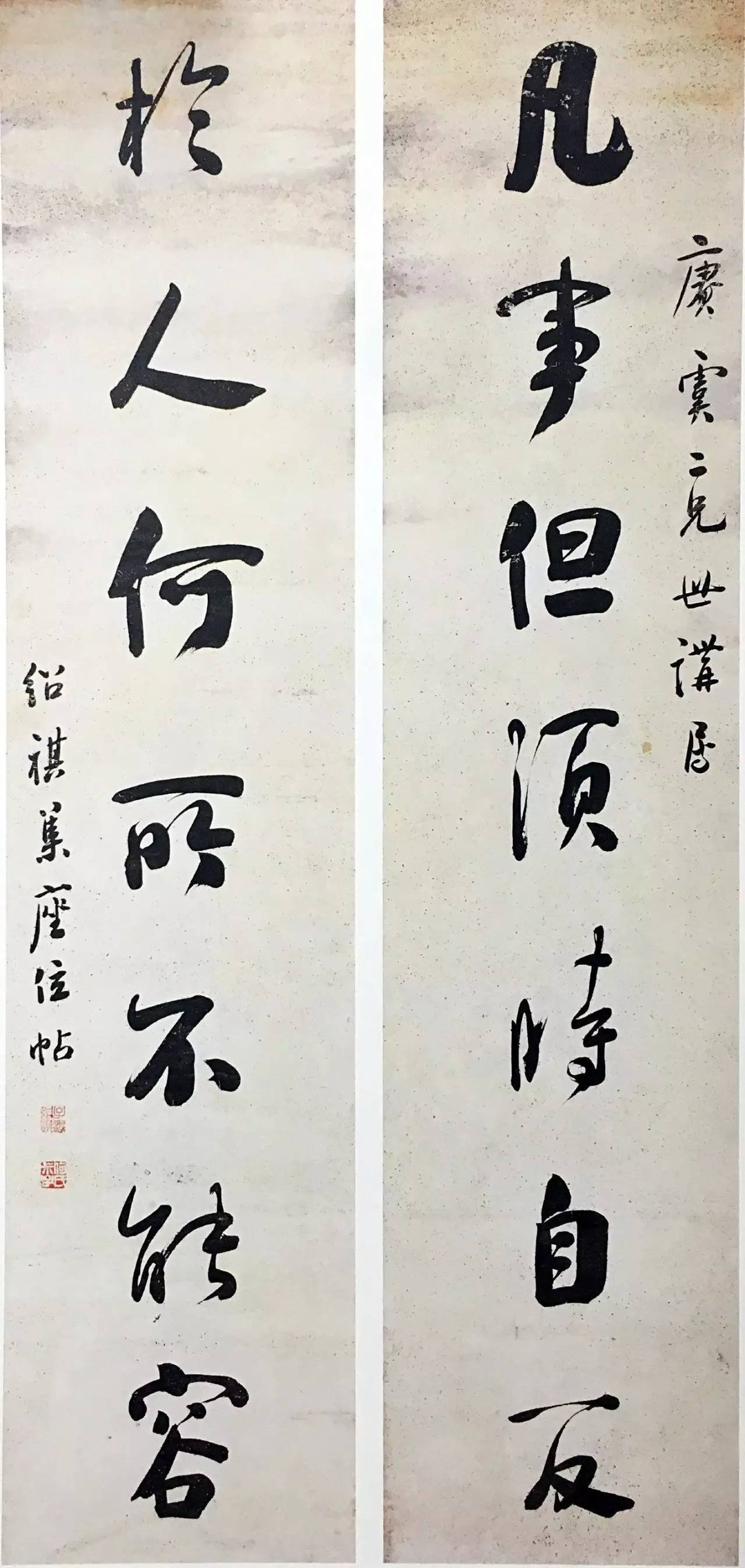
He Shaoqi calligraphy
4. The fourth brother He Shaojing (1809-?)
He Shaojing's courtesy name is Ziyu. His name is the same as Zhong Shaojing of the Tang Dynasty, the one who wrote the "Ling Fei Jing". This shows how deeply their father He Linghan is passionate about calligraphy.

He Shaojing calligraphy
He Shaojing was elected in the 19th year of Daoguang's reign. He was famous for his poetry, calligraphy, painting and appreciation at that time. He also learned calligraphy from Yan Zhenqing, and fell in love with Dong Qichang in his later years.
He sometimes called out to entertain the owner of the mountain house, just to amuse himself. In the end, it was impossible to verify where he had gone...
He Shaoji and his three younger brothers were known as the "Four Heroes of the He Family" and were quite famous at the time.
He Shaoji is the eldest son in the family, and he is also the No. 1 artist in the He family.
However, just as Wang Xizhi is the representative of the Wang family and Su Dongpo is the leader of the Su family, He Shaoji is also a member of the He family who is surrounded by relatives and friends. Without the strength of the family, it would be difficult to fight alone. Climatological.
This is the charm of calligraphy, and what makes calligraphy different from other arts, that is, accumulation and inheritance.

